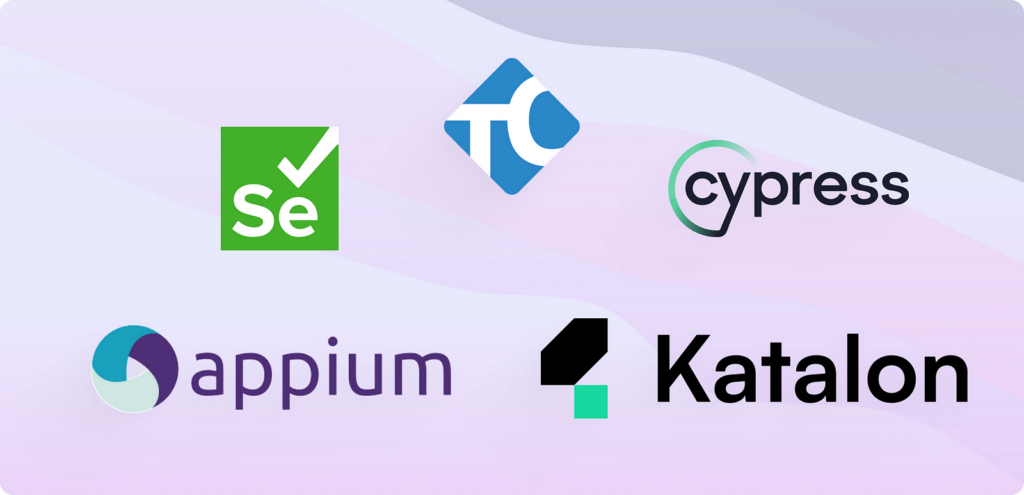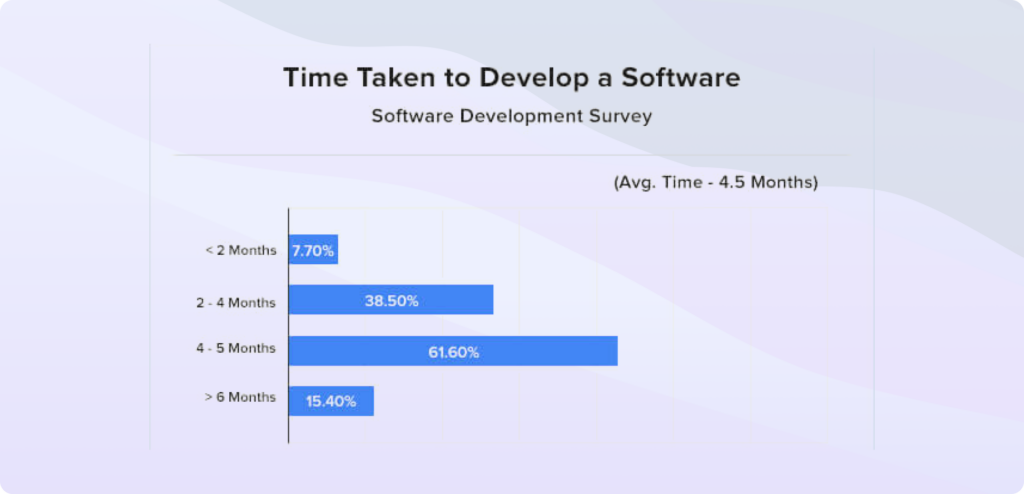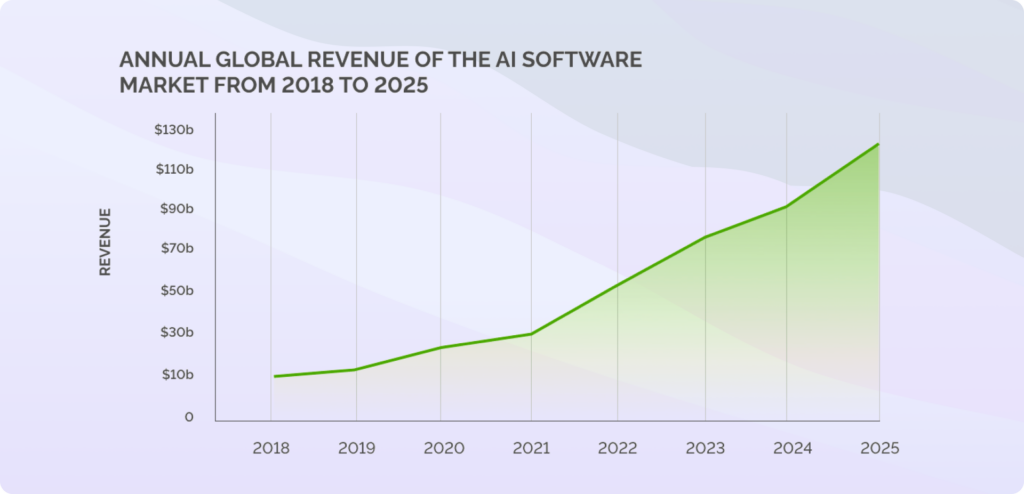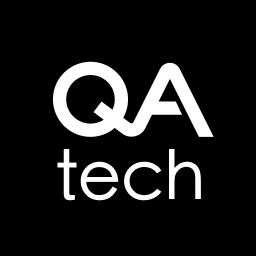
Quality Assurance is a critical component of the software development lifecycle. Traditional QA methods often struggle to keep up with fast-paced development and shifting user expectations.
In this article, we’ll take a look at how AI-powered tools are changing QA by improving speed, accuracy, and effectiveness. We’ll also cover the benefits of AI in QA, practical use cases, and tips for integrating AI-driven platforms like QA.tech into your current workflows.
The current landscape of automated testing solutions
Before we talk about the actual potential of AI-driven QA, it’s important to first look at where automated testing solutions stand today.
Manual testing has been a key part of QA. It offers thorough results but often requires a lot of time and effort, with the added risk of human error.

To tackle these challenges, the industry has introduced a range of automated testing solutions in recent years. Here are some of the most widely used tools available today:
- Selenium: Selenium is one of the most popular open-source frameworks for web application testing. It supports multiple programming languages, including Java, C#, and Python, and can be used across various browsers and platforms. Selenium WebDriver allows for the creation of robust, browser-based regression automation suites and tests. This makes it a staple in many QA workflows.
- TestComplete: Developed by SmartBear, TestComplete is a commercial automated UI testing tool that supports web, desktop, and mobile applications. It offers a user-friendly interface and supports scripting in several languages, including JavaScript, Python, and VBScript. TestComplete is known for its powerful record-and-playback feature, which allows testers to create automated tests without extensive programming knowledge.
- Cypress: Cypress is an open-source test automation tool that focuses on end-to-end testing of web applications. It is designed to be developer-friendly, providing real-time reloading and automatic waiting, which eliminates the need for adding manual delays in test scripts. Cypress offers a robust and reliable testing environment that is well-suited for modern web applications built with JavaScript frameworks like React and Angular.
- Appium: Appium is an open-source tool for automating mobile applications. It supports both iOS and Android platforms and can automate native, hybrid, and mobile web applications. Appium uses the WebDriver protocol to interact with apps, making it a versatile choice for mobile app testing.
- Katalon Studio: Katalon Studio is a comprehensive automation testing tool that supports web, mobile, API, and desktop testing. It combines an integrated development environment (IDE) with a user-friendly interface. This makes it accessible for both technical and non-technical users. Katalon Studio offers features like built-in templates for test cases, keyword-driven testing, and seamless integration with CI/CD pipelines.
While these tools improve on manual testing by running predefined test scripts across various environments, they still need a lot of setup and upkeep. Their effectiveness can be limited by complex test scenarios and the ever-changing nature of modern applications.
This is where AI-driven QA solutions come into play, offering a more adaptive and intelligent approach to testing.
The QA struggle is real: Harsh realities of manual testing

- Time-consuming and labor-intensive: Manual testing is a time-consuming and labor-intensive process, often resulting in delays and bottlenecks in the development cycle.
- Prone to human error: Even with the most skilled testers, manual testing is susceptible to human error, which can lead to missed defects and inconsistent results.
- Limited test coverage: With limited resources and time constraints, manual testing often struggles to achieve comprehensive test coverage, leaving potential vulnerabilities undetected.
- Difficulty in adapting to change: As applications evolve and new features are introduced, updating and maintaining manual test scripts can become a daunting task.
Keep testing, keep succeeding
Developing software is like embarking on a journey with no fixed destination. The time it takes to reach that destination depends on various factors. For example project complexity, requirements, and the chosen technology stack.

On average, custom software projects span from one to nine months, with most firms aiming to deliver within 4-5 months.

Once the coding is done, it’s not time to kick back and relax just yet. Testing becomes the name of the game, typically lasting between 6 to 10 weeks.
👉 But here’s the kicker: testing doesn’t end with the product launch.
Continuous testing after launch is key to keeping your software reliable and user-friendly. It requires ongoing time and resources, but it’s critical to your product’s success.
The rise of AI: transforming the landscape of software testing
In recent years, we’ve witnessed the meteoric rise of artificial intelligence (AI) across various industries, and the realm of software testing is no exception.

As technology continues to evolve at an unprecedented pace, AI has emerged as a game-changer, transforming the way we approach testing and quality assurance.
From automation to intelligence
Scripted testing tools helped developers speed up their processes, but AI goes beyond that by adding smart, adaptive capabilities. With AI, you get systems that analyze large datasets, learn from previous tests, and adjust in real-time to dynamic testing conditions. This makes it a game changer for catching bugs.
One standout advantage of AI in QA is its learning ability. AI can improve over time by learning from past test cases, becoming more accurate and efficient. It also adapts as your software changes, ensuring that tests stay relevant, even when your code evolves.
How can AI be used in QA testing?
If you’re really looking for a more productive way of testing your software, AI could be the solution you need to take it to the next level. Here’s how it can be used:

- Automated Test Generation: AI algorithms can analyze application behavior, user requirements, and existing test cases to automatically generate new test scenarios and test scripts.
- Anomaly Detection: AI models can be trained to detect anomalies and deviations from expected application behavior during testing, helping catch bugs and edge cases more effectively.
- Predictive Analytics: By analyzing historical test data, AI can predict areas of the application that are more prone to defects, allowing teams to prioritize and focus testing efforts.
- Test Data Generation: AI can intelligently generate realistic and comprehensive test data, including edge cases, to ensure thorough testing coverage.
- Log Analysis: AI can parse through large volumes of log data to identify patterns, anomalies, and potential issues during testing.
- Usability Testing: AI can simulate user interactions and behaviors to evaluate the usability and user experience of applications.
- Automated Bug Triaging: AI models can automatically categorize, prioritize, and assign reported bugs to the appropriate developers or teams.
- Security Testing: AI techniques like fuzzing and machine learning can be used to identify potential security vulnerabilities during testing.
- Performance Testing: AI can analyze application performance data and user load patterns to optimize performance testing strategies.
Benefits of AI-driven QA
Bringing AI into your QA process offers more than just a new tool—it can make a real difference in how you work.
- Enhanced Efficiency: AI-powered testing platforms speed up the testing process, reducing the time and resources required for comprehensive testing. By automating repetitive tasks and executing tests at scale, organizations can accelerate their development cycles without compromising on quality.
- Improved Accuracy: Human error makes traditional testing methods prone to missed bugs and inconsistencies. AI-driven QA tools are much better at catching and prioritizing issues, giving you more reliable test coverage and reducing the risk of things slipping through.
- Faster Time-to-Market: With AI handling the testing, dev teams can catch and fix bugs earlier in the process. This “shift-left” approach speeds up development and supports a solid CI/CD pipeline, helping teams move faster and respond to customer feedback quickly.
- Cost Savings: Manual testing takes up a lot of time and resources, needing a dedicated QA team to handle it. With AI automating the repetitive parts, companies can save on costs and put those resources into more strategic projects.
Tips for adding AI-powered QA to your current workflow
If you’re ready to bring AI-driven QA into your workflow, making the transition smooth is key. Here are a few practical tips to help you get started:

- Spot the Pain Points: Take a look at your current QA process and find the areas where AI can make the biggest difference. Whether it’s cutting down testing time, catching more bugs, or improving test coverage, identifying these pain points will help you shape your AI strategy.
- Work Together Across Teams: Getting AI-powered QA up and running successfully means bringing together your dev, QA, and ops teams. Keep communication open and involve everyone early in the process to make sure everyone’s on the same page and ready to move forward.
- Start Small and Iterate: Run a small pilot to see how AI-driven QA works in your setup. Collect feedback from your team and adjust based on what you learn from real-world results.
- Invest in Training: Make sure your teams have the skills they need to use AI-powered QA effectively. Offer training and resources to help your QA engineers and devs get comfortable with the technology and best practices.


